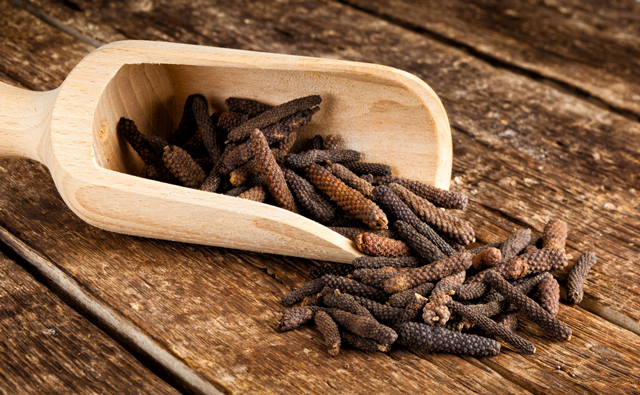Add antiviral to the list of benefits aloe vera can provide
10/09/2020 / By Evangelyn Rodriguez

Aloe vera is a popular plant with many uses. A common ingredient in modern cosmetic products, aloe vera is well-known for its many skin benefits. But this versatile plant, whose leaves and gel also have culinary uses, has been used for medicinal purposes since ancient times. While the Ancient Greeks considered it a universal panacea, the Ancient Egyptians referred to aloe vera as the “plant of immortality.”
In traditional Indian medicine, aloe vera is known as a natural remedy for colic, constipation, skin diseases and infections. In some parts of the Caribbean, aloe vera is used to treat hypertension. Mexican Americans also use aloe vera to treat Type 2 diabetes. Meanwhile, in China, aloe vera is highly recommended for fungal diseases. Other notable uses for aloe vera include as a natural remedy for burns and wounds, and as an alternative medicine for gastrointestinal disorders.
In a recent study, researchers at the Korea Institute of Oriental Medicine explored another use for aloe vera — something that isn’t as widely discussed but is just as significant as its beneficial effects on the skin. The researchers screened aloe vera for the active compounds responsible for its antiviral activities, particularly against influenza A. Influenza A is a virus that attacks the respiratory system and is one of the most common causes of the flu. Influenza A infections can be serious and can cause widespread outbreaks.
The researchers discussed the antiviral activities of aloe vera in an article published in The American Journal of Chinese Medicine.
Aloe vera has antiviral properties
Previous studies have found that the ethanolic extract of aloe vera (AVE) has significant anti-influenza activity, but the mechanisms underlying this activity and the constituents responsible for it are still unknown. (Related: 9 Health benefits of drinking aloe vera juice.)
In an earlier study, the researchers found that AVE treatment significantly reduced the replication of green fluorescent protein-labeled influenza A virus in Madin-Darby canine kidney (MDCK) cells. They also noted that post-treatment with AVE inhibited the expression of viral matrix protein 1 (M1), matrix protein 2 (M2) and hemagglutinin (HA).
The influenza virus M1 is known to mediate viral budding, a process that enables the virus to exit its host cell. Influenza virus M2, on the other hand, facilitates the migration of genetic material from the virus itself into its target cell. HA is the main antigenic protein on the surface of the virus and plays a pivotal role in the pathogen’s attachment to and penetration into a host cell.
In the present study, the researchers found that AVE can inhibit autophagy induced by influenza A in MDCK cells. Autophagy is a natural process employed by the body to clean out damaged or unnecessary cell components. This process helps control viral infections by causing the destruction of viruses. However, studies have also found that viruses can manipulate autophagy and use it to evade the immune system, replicate and exit infected cells.
Chemical analysis of AVE revealed that quercetin, catechin hydrate and kaempferol are aloe vera’s active antiviral components. Post-treatment with the three compounds markedly inhibited M2 viral mRNA synthesis and M2 protein expression. Docking simulation also suggested that the binding affinity of quercetin, catechin hydrate and kaempferol for the M2 protein may be higher than that of known M2 protein inhibitors.
Based on these findings, the researchers concluded that aloe vera is an effective antiviral agent against H1N1 (swine flu) and H3N2 — the subtype of influenza A responsible for the 1968 flu pandemic — because it contains active compounds that can inhibit influenza virus-induced autophagy.
Sources include:
Tagged Under: aloe vera, alternative medicine, antiviral, herbal medicine, Herbs, infections, influenza, influenza A virus, natural cures, natural medicine, phytonutrients, plant medicine, remedies, research
RECENT NEWS & ARTICLES
COPYRIGHT © 2017 NATURAL CURES NEWS



















